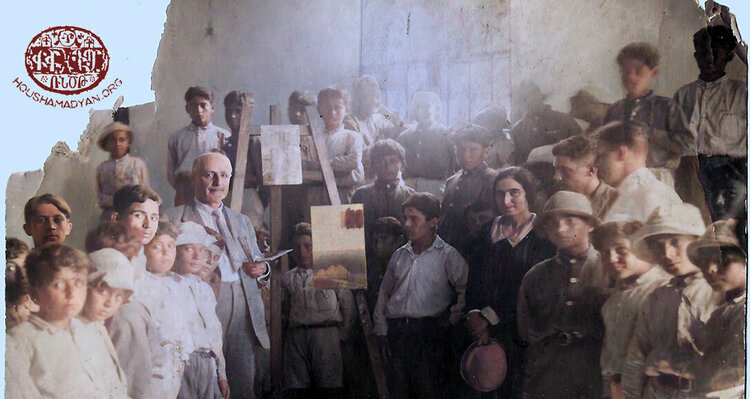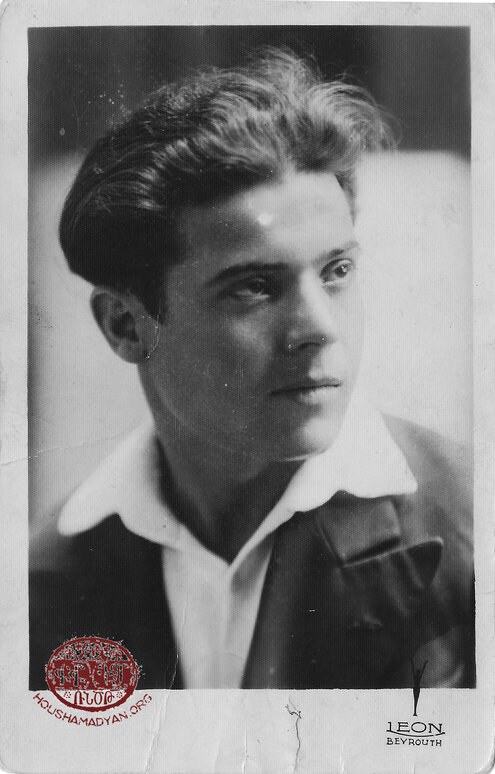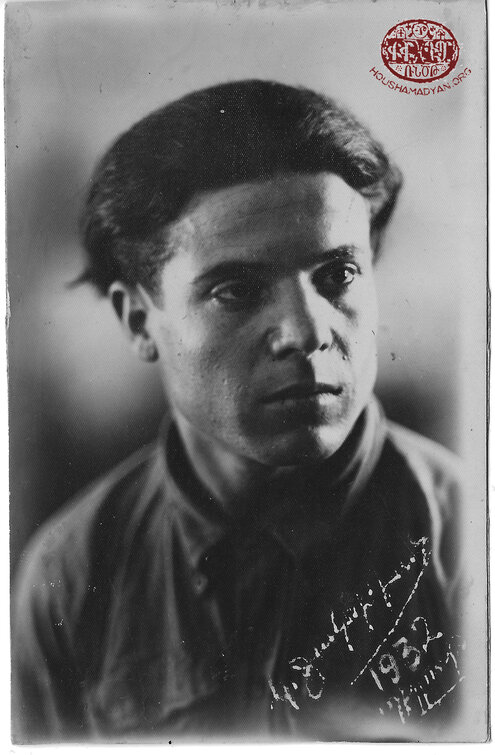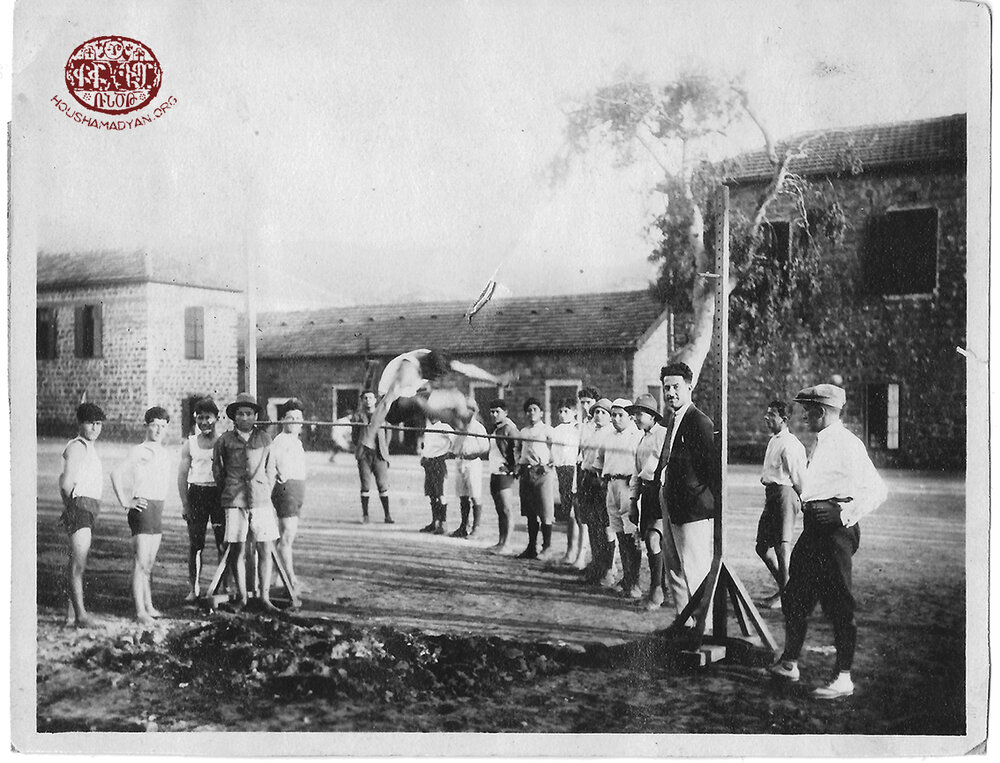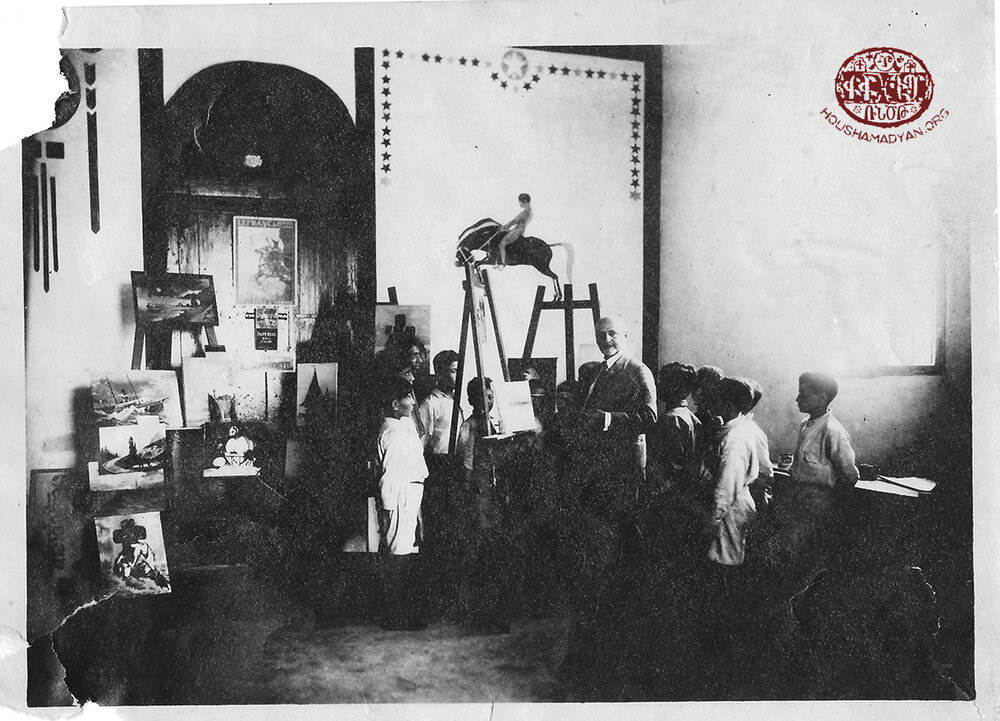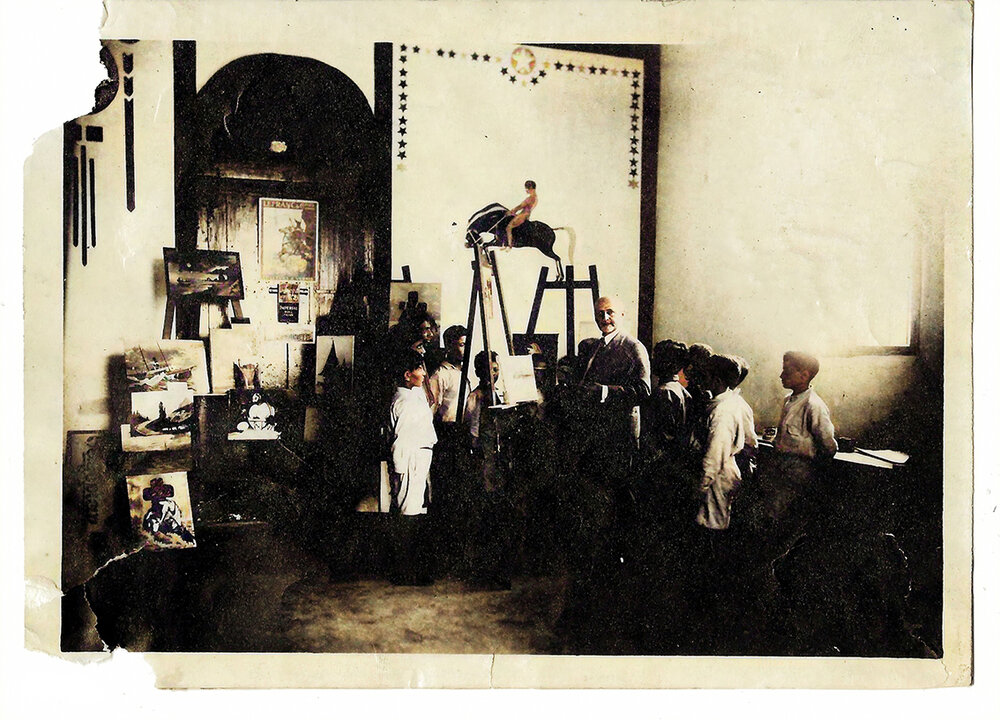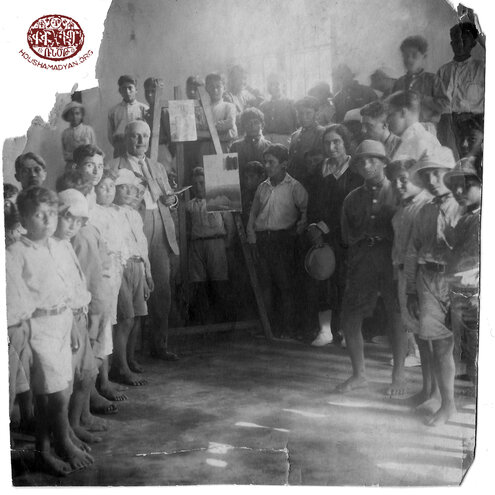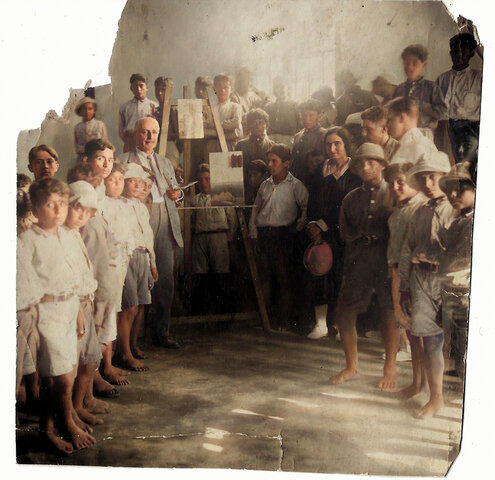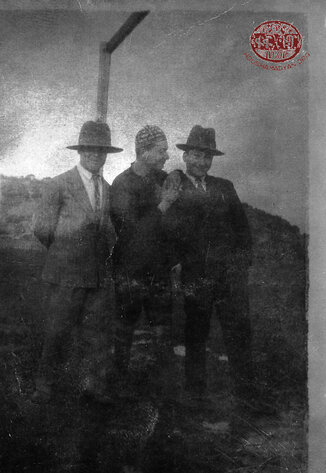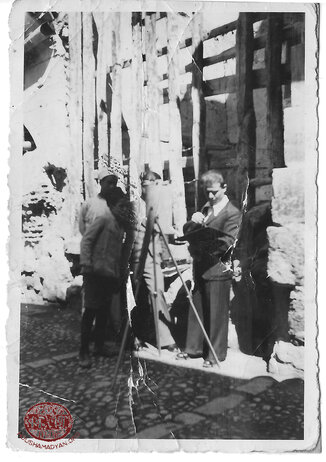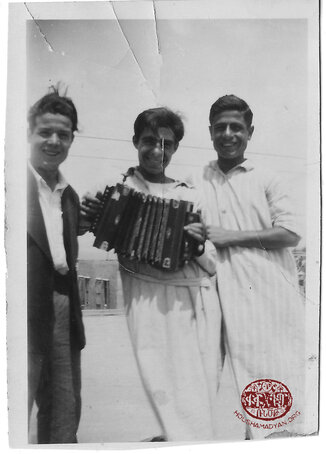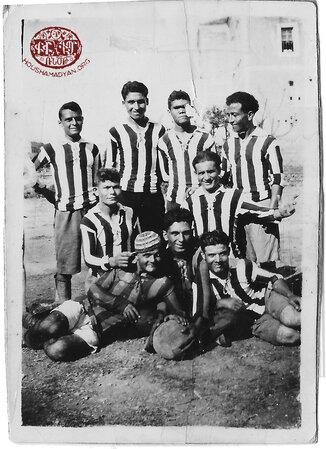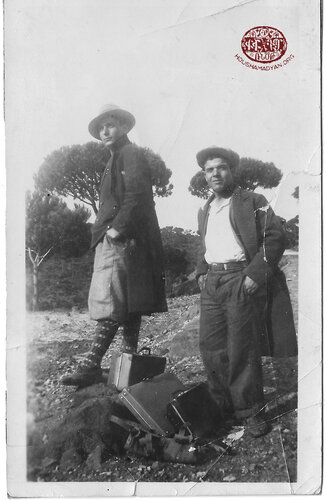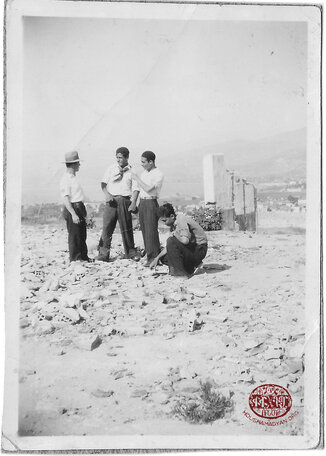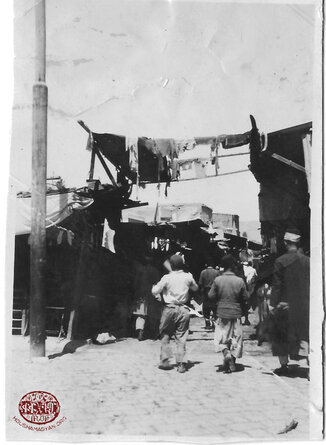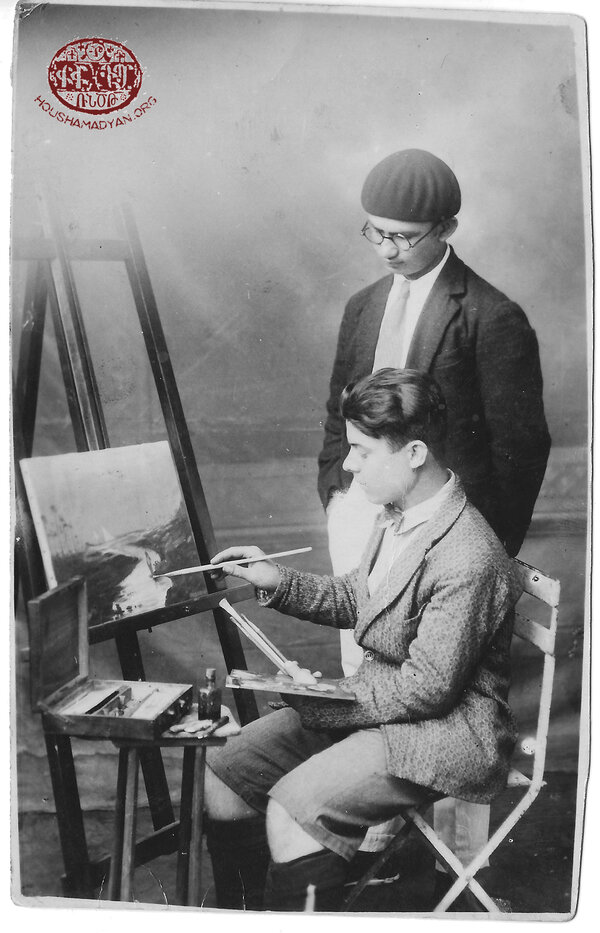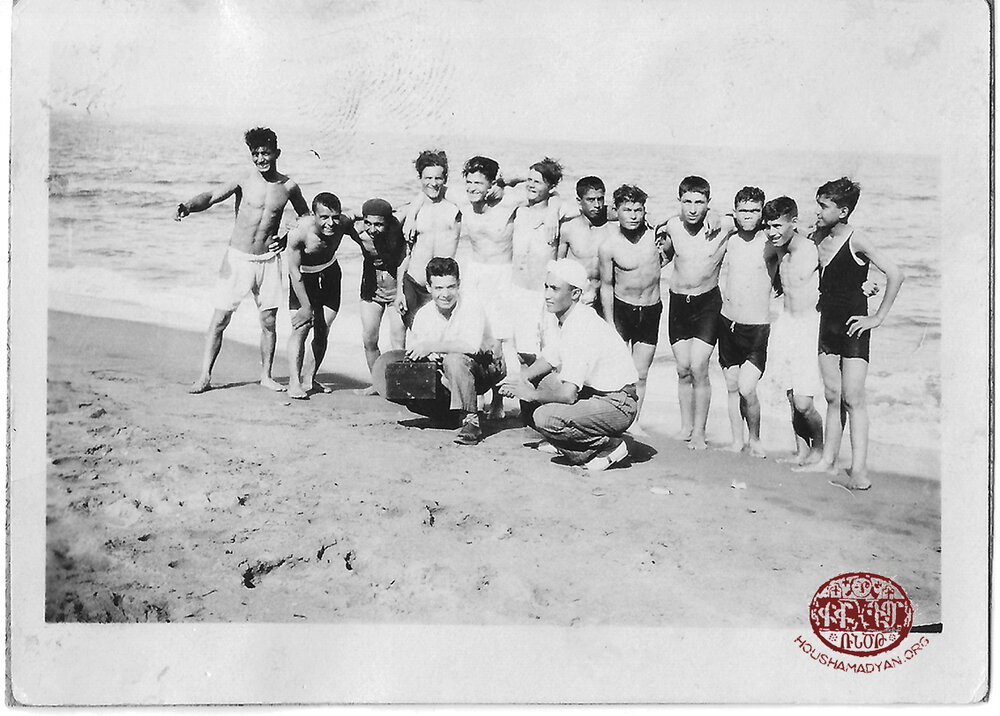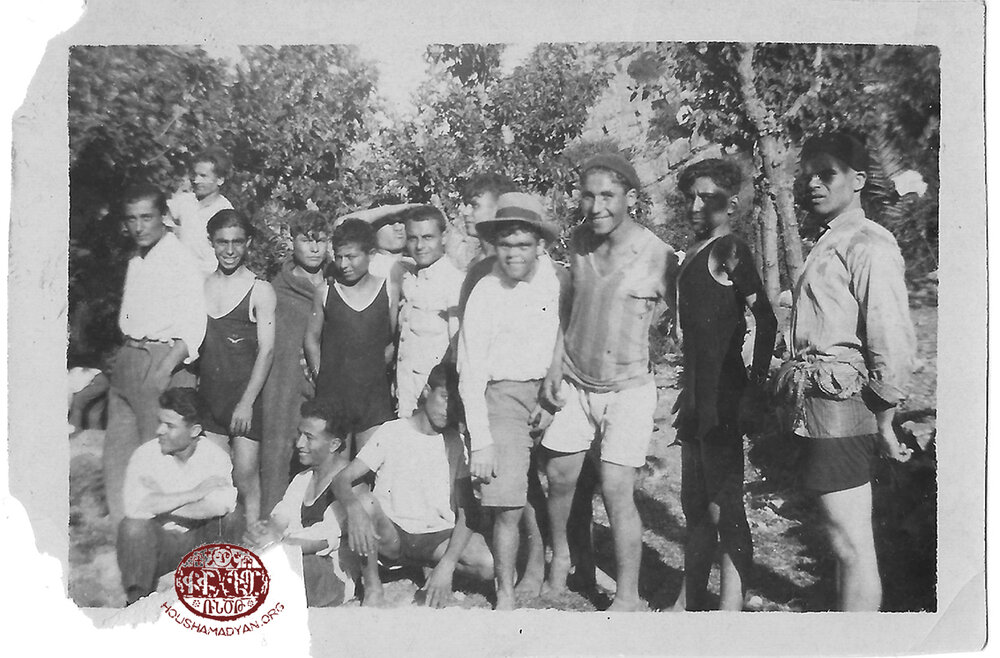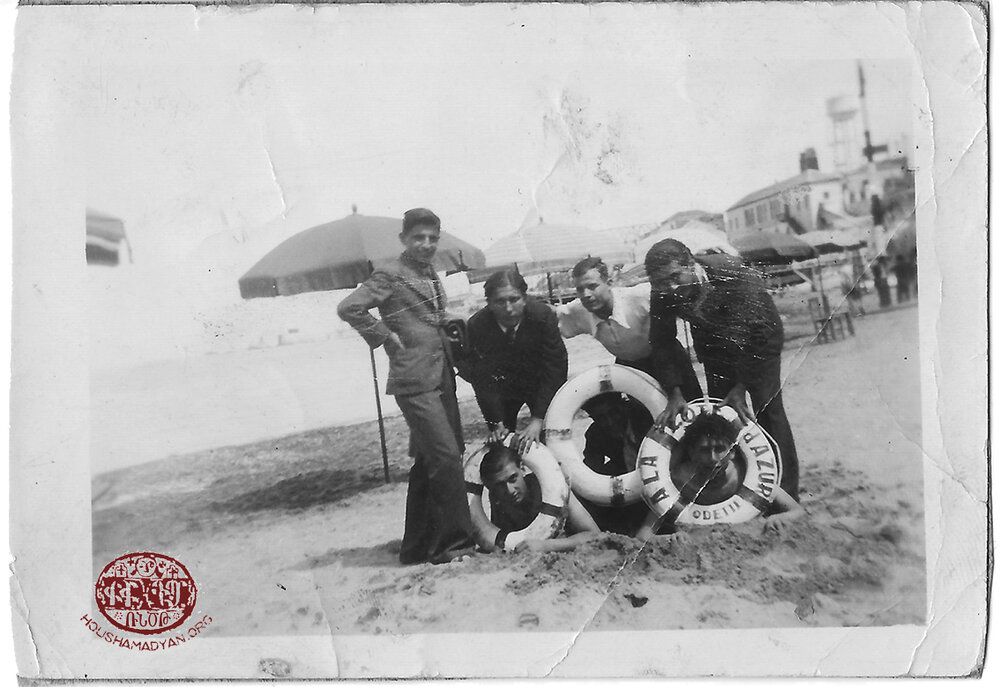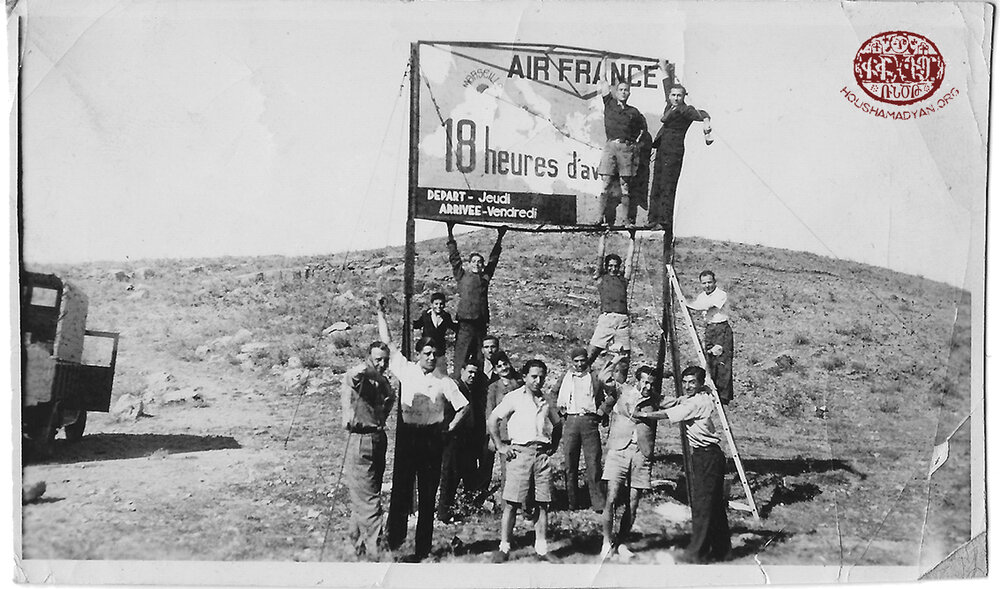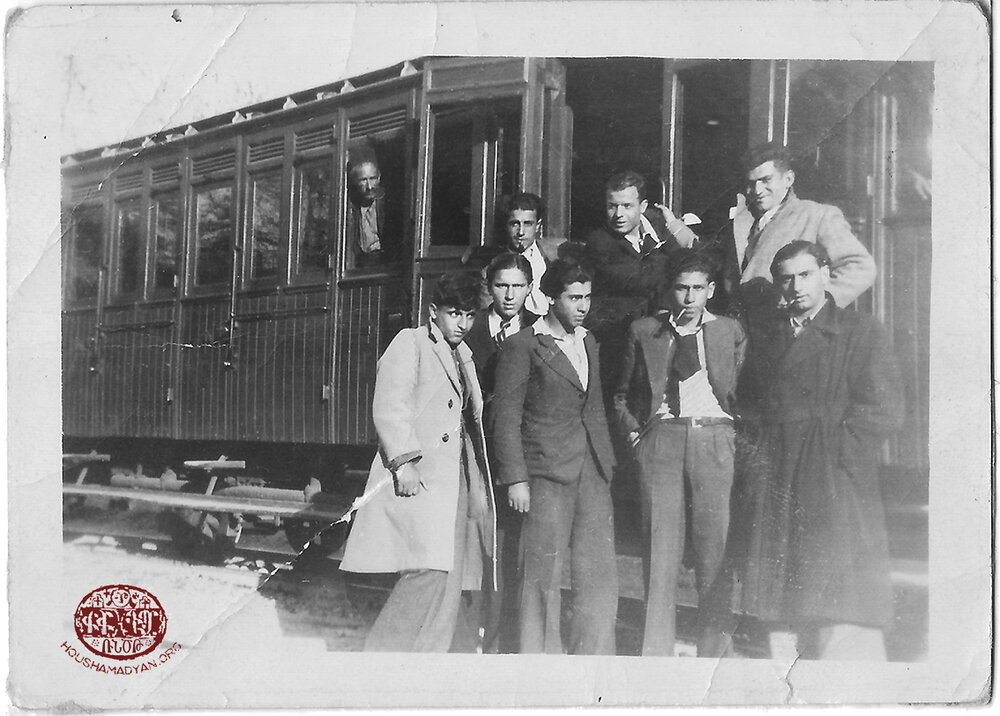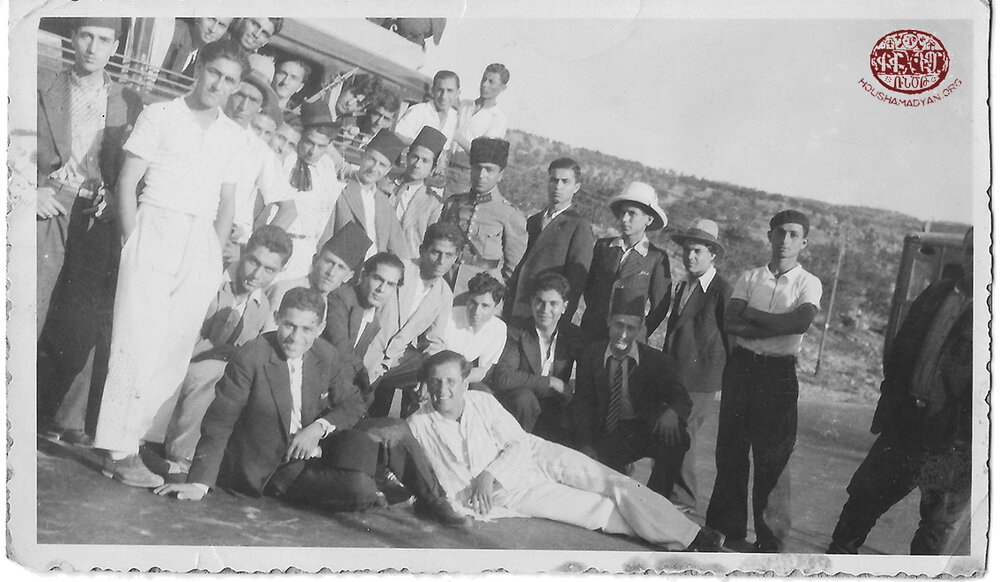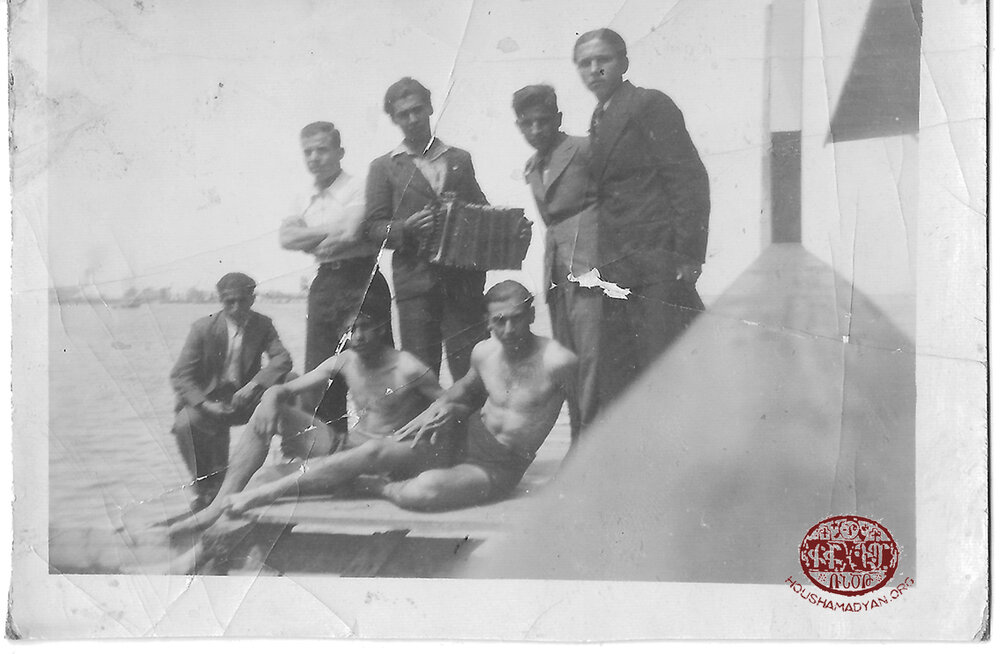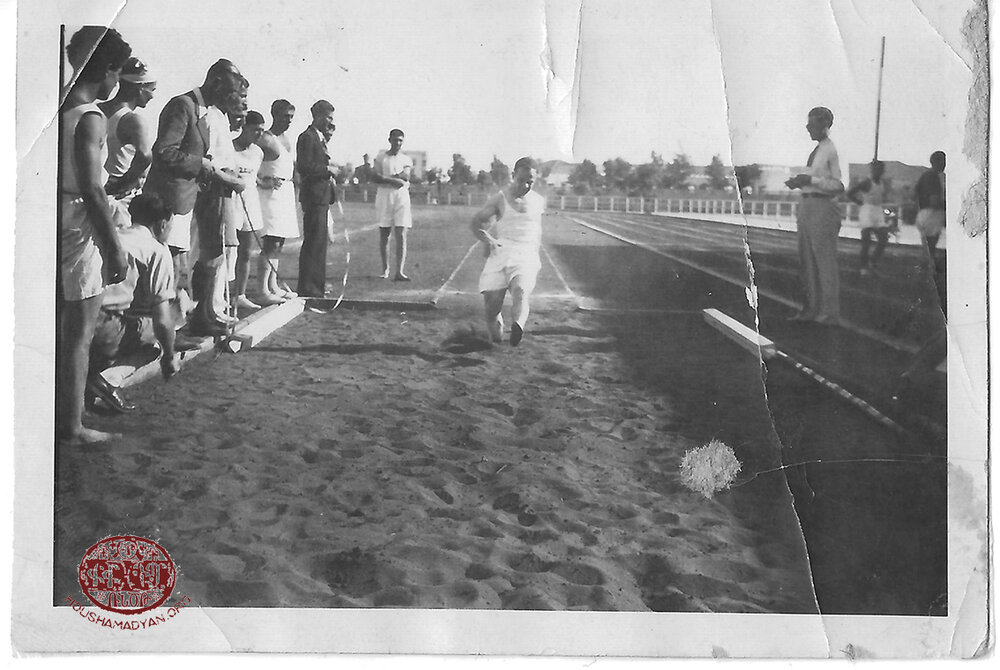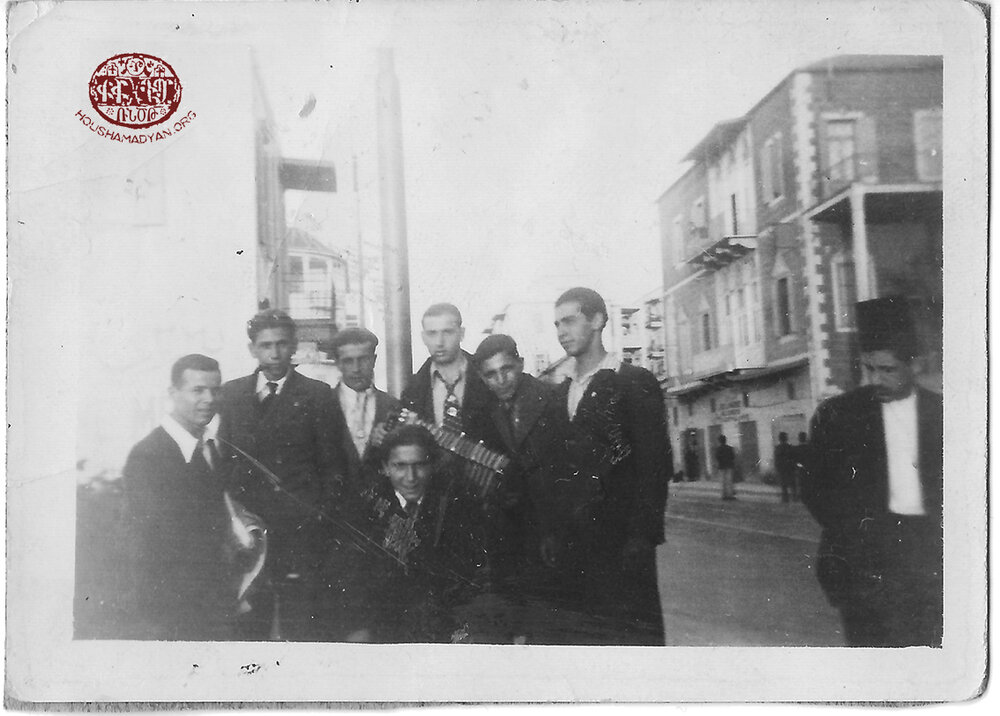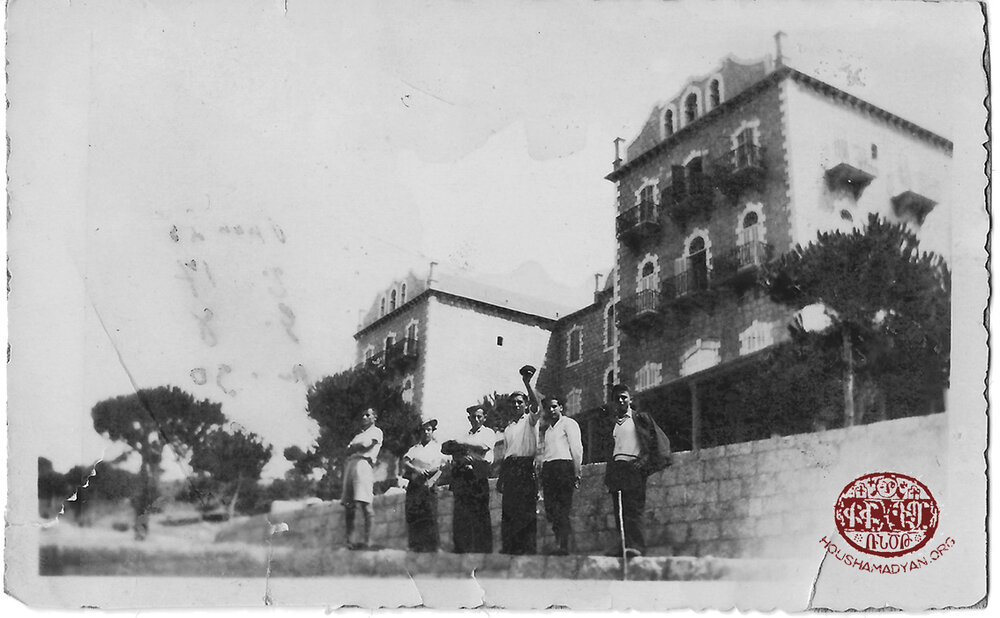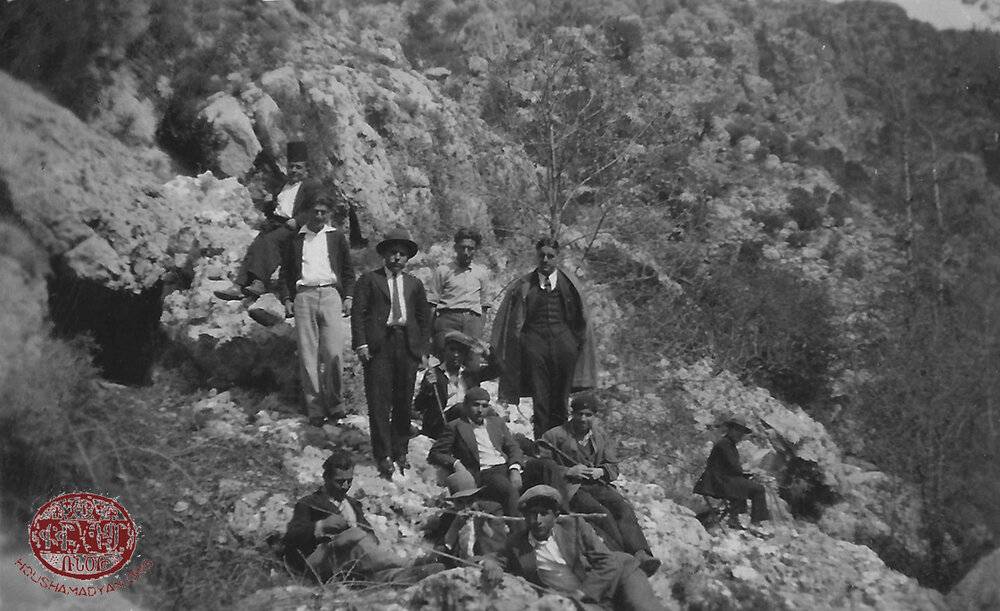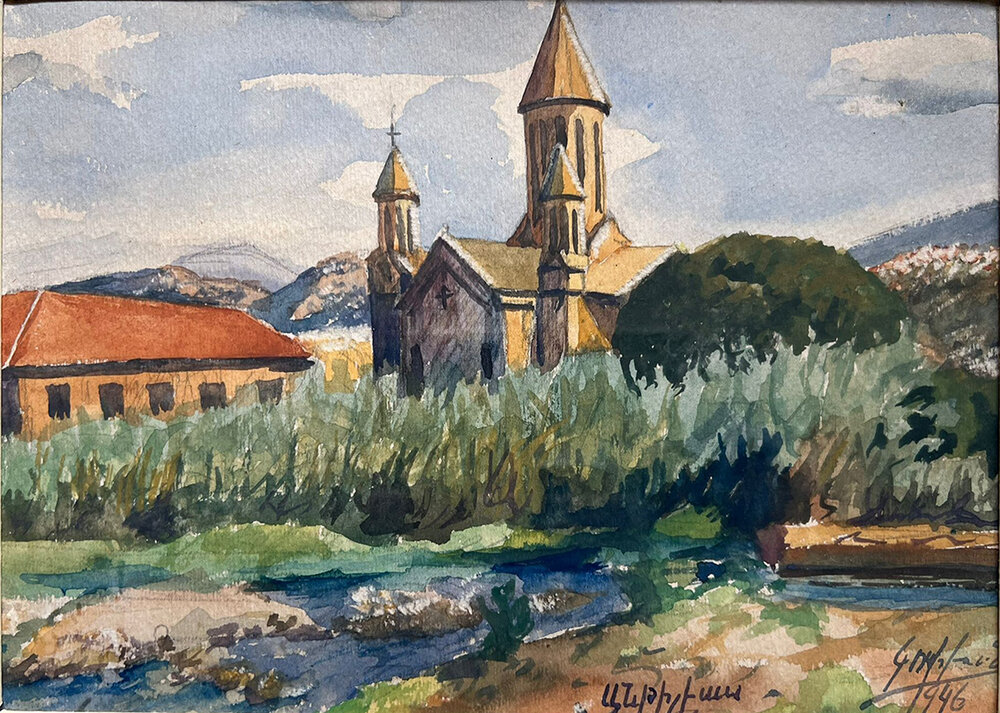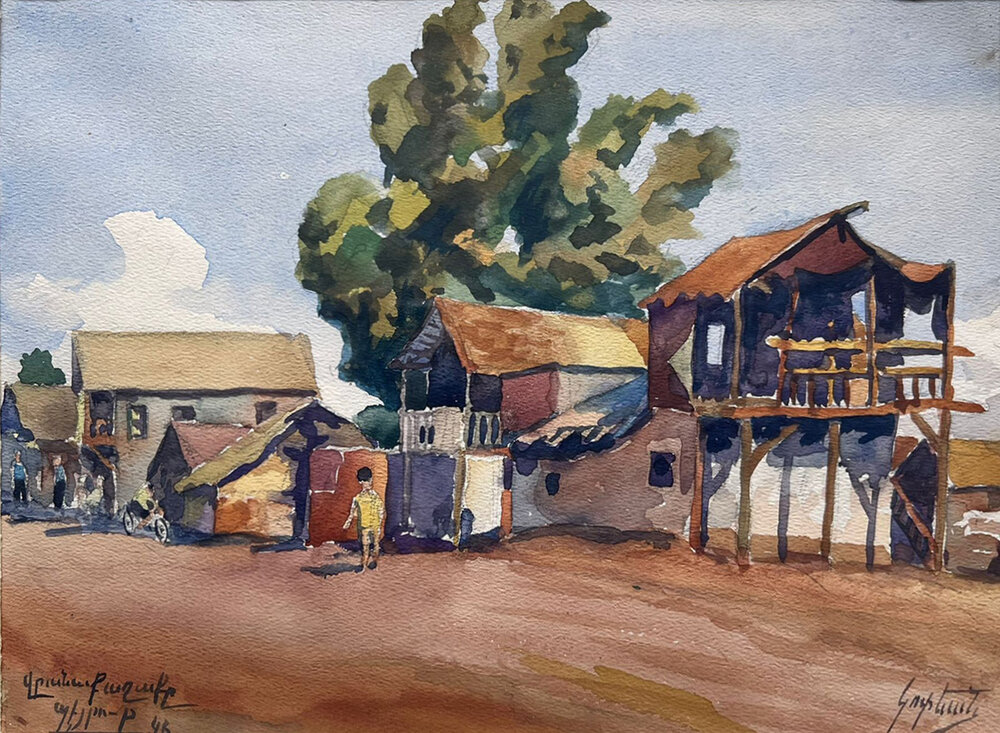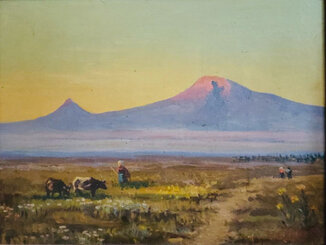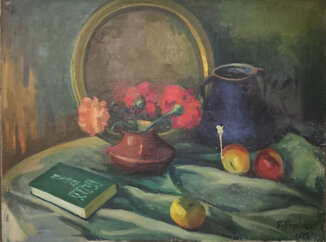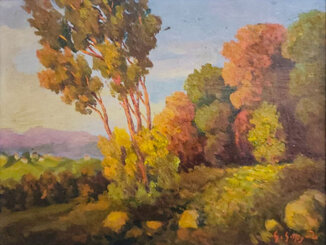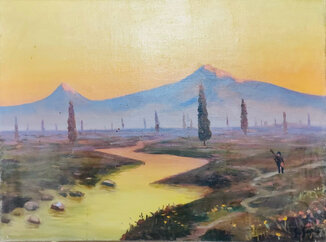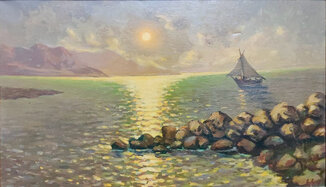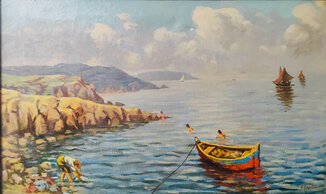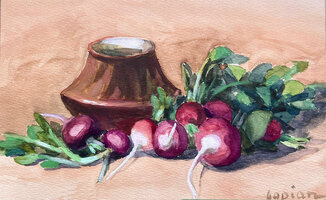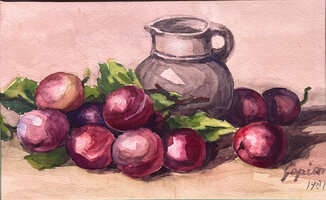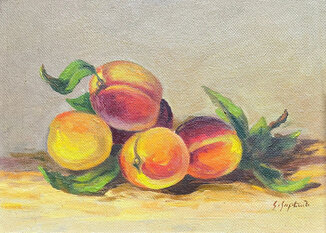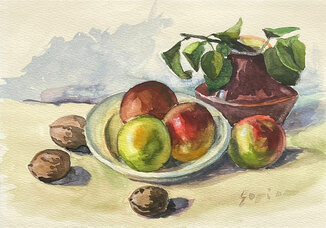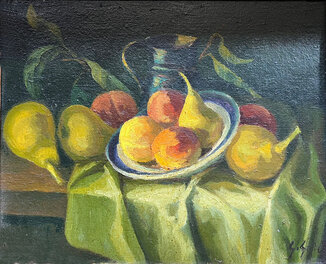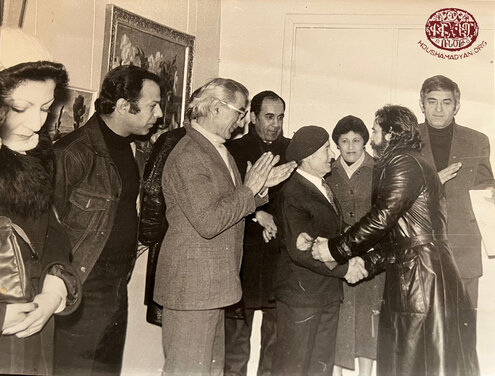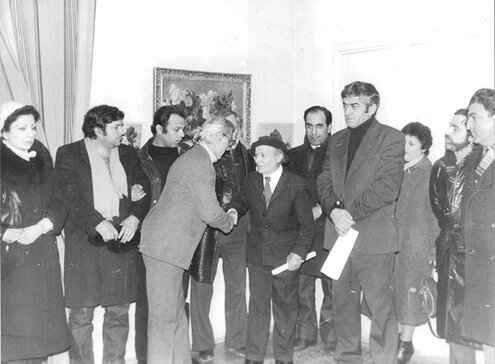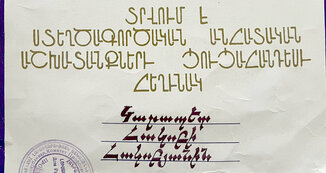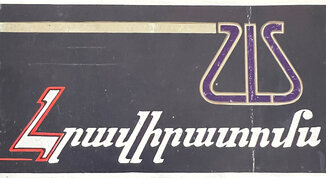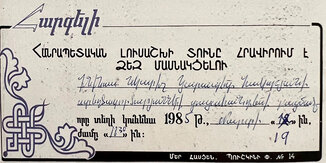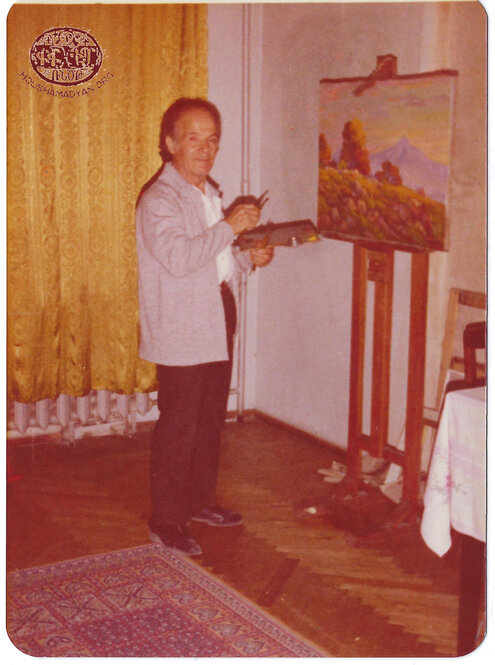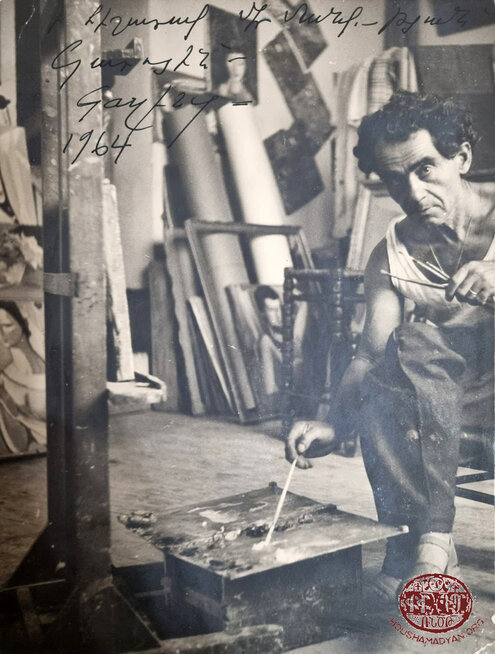Hagopian/Hakobyan Collection – Yerevan, L.A.
09/02/24 (Last modified 09/02/24) - Translator: Simon Beugekian

The collection presented on this page consists mostly of photographs taken in an orphanage. The photographs belonged to Garabed (Garo) Hagopian, who was born in Arapgir sometime around 1910. He was a member of the generation of Armenian children who were orphaned as a result of the Armenian Genocide.
These materials were provided to us by Anna Hagopian, Garabed’s granddaughter, who lives in Los Angeles. She also provided us with the history of her family.
Garabed Hagopian had few memories of his true family. He knew that his parents were called Hagop and Khatoun, and that his sister was called Trfanda. He also had another sister and a brother, whose names he did not remember. Garabed and Trfanda survived the Genocide, but the rest of the family perished.
We do not know which orphanage originally provided shelter for Garabed and Trfanda. But we know that sometime later, the administrators of that orphanage sent Trfanda to the United States, where the two children probably had relatives. Garabed was supposed to travel to the United States with his sister, but upon arrival at the port, he was diagnosed with an eye condition (probably trachoma), and he was not permitted to board. Trfanda left alone, and the two siblings completely lost contact. In later years, all attempts by Garabed to locate Trfanda failed.
Garabed was moved to the Near East Relief (NER) orphanage in Antilias. This was when he was given the surname Hagopian. He did not remember his original surname, but remembered that his father was called Hagop, so was dubbed Hagopian.
During his years at the orphanage, it became clear that Garabed was a talented painter. His painting teacher was Mihran Seraylian (1867, Gesaria – 1957, San Fransisco). It was also during these years that Garabed befriended Haroutyun Harmandarian (1910-1967), another orphan and another talented artist, who would later achieve great fame as a painter under the name of Galents. While living in Beirut, Garabed also received correspondence classes in painting from a French artist (name unknown).

Some of Garabed’s paintings were painted in Beirut. These include a painting of the Armenian refugee camp of Beirut; and another of the seat of the Catholicosate of the Holy See of Cilicia in Antilias alongside its mother cathedral, Saint Krikor Lousavorich. Both are watercolors, and were executed in 1946, the year in which Garabed and his family emigrated to Soviet Armenia. Presumably, Garabed wished to have mementos, in the form of paintings by his own hand, of places that were near and dear to him.
Garabed Hagopian signed his canvases with the name “Gopian,” which was probably an abbreviation of his surname, Hagopian.
In the early 1940s, in Beirut, Garabed married Anna Gurounilian (Gurunlian), who was born in Gesaria. Her father was called Sarkis, and her brother, Levon, lived in Aleppo. Garabed and Anna had three children. Haygouhi and Knar were born in Beirut. The couple’s only son, Sarkis (Anna Hagopian’s father), was born in Soviet Armenia.
The family lived in Yerevan, where Garabed built their own private house. Years later, the authorities demolished the house and built the Armenian Painters’ Union building at the same site (Nikol Douman Street, number 1). The Hagopians moved into this building. Anna Hagopian recalls that his grandfather’s visitors included Antranig Dzarougian and Haroutyun Galents, who had also grown up in Armenian orphanages in Syria and Lebanon. It is said that during Galents’ funeral (May 9, 1967), Garabed was so despondent over his friend’s untimely demise that he threw himself onto Galents’ coffin.
Garabed was not able to obtain the status of a painter in Armenia. He began working as a commercial painter, and was often called Varbed Garo (Master Garo). However, in his free time, he continued to practice his favorite art.


Some of Garabed Hagopian’s (Gopian) paintings.
In March 1985, the first and only exhibition of Garabed Hagopian’s paintings was held in Yerevan.
Anna Hagopian remembers that her grandfather had a habit of traveling to Armenia’s various corners and scenic sites with his painting equipment. He left behind hundreds of paintings. After his death, some of these were distributed among his family and relations. Currently, his paintings are kept in Yerevan, Los Angeles, Germany, etc.
Garabed died in 1997, in Yerevan.

